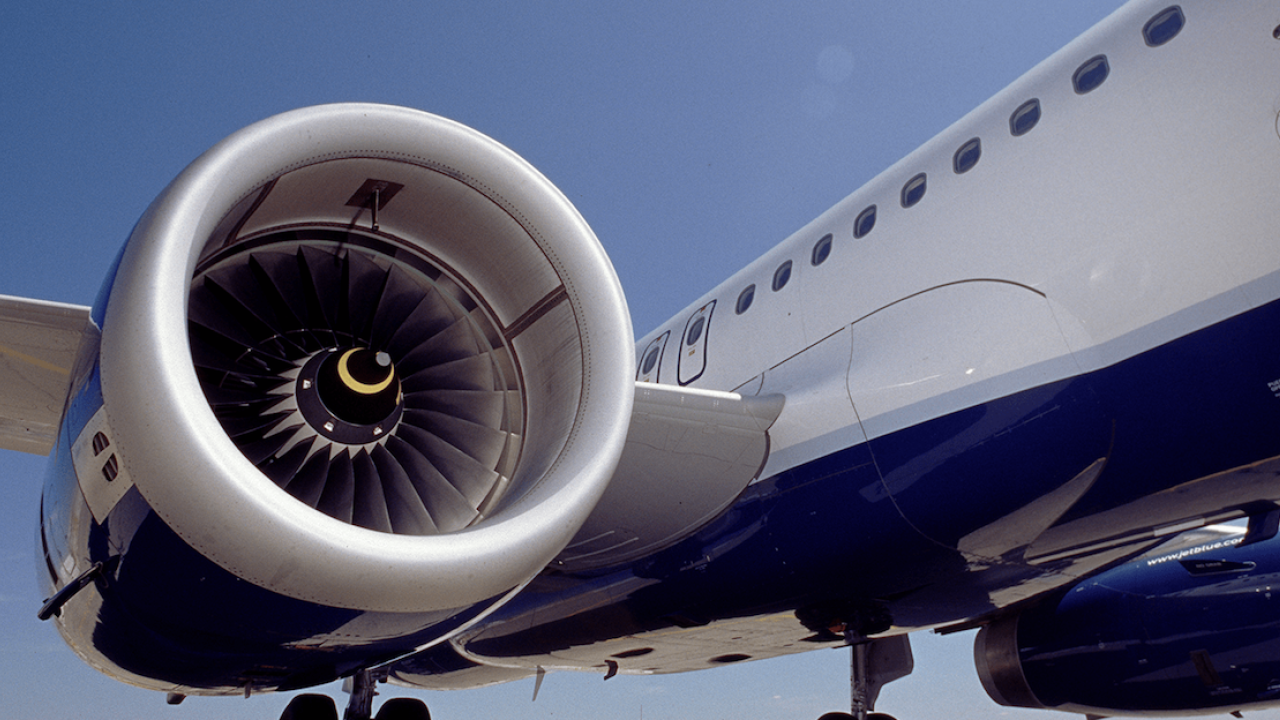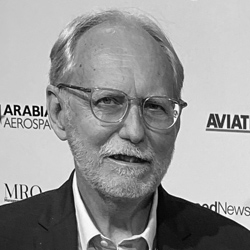Blockchain - it could be just what the doc ordered
A scandal last spring involving faked documentation of aircraft engine parts led the MRO industry to question whether blockchain technology would prevent this from happening, and if so, why it is not more widely used.

Pilot study: innovative MRO provider Sanad ran a blockchain pilot with V2500 engines. PICTURE: Pratt & Whitney
Parts without documentation are next to worthless; parts with partial documentation only marginally less so.
Global consultancy Deloitte found during a recent airline audit that more than 60 per cent of the issues arising from taking delivery of parts were down to poor or missing paperwork, which took on average 34 days to correct.
Add to that the not-unfounded concern that parts with fraudulent documentation can enter the supply chain and the need for absolutely secure records becomes clear.
One technology widely touted as a solution is blockchain. It’s defined as a cryptographically-linked chain of immutable data or blocks recorded digitally on a ledger. All that’s needed to check an item’s blockchain, via a platform shared among ecosystem partners, is its hash or block number.
Deloitte said blockchain offers a ‘part-centric’ perspective that provides in essence the part’s point of view, giving insights into how that part performs over its lifecycle, whether in the supply chain or while operating.
“Whether a company performs a dimensional check or other quality inspection, or documents the MRO process steps and parts consumed, the events can be pushed to the digital parts platform along with any supporting documentation. That event will be owned by its author, encrypted, and only seen by select parties in the ecosystem,” wrote the consultancy.
“This level of chronological documentation of a part’s history is fundamental to maintaining an asset’s value, and greatly improves the level of effort involved in process sharing and managing records.”
Unfortunately, blockchain’s use has yet to reach critical mass in the MRO industry in the Middle East. A spokesperson for MTU Maintenance, the global aero-engine MRO, said blockchain “isn’t something we’re currently implementing,” adding: “Some colleagues are quietly observing, but it’s mostly just to be abreast of technology developments, should it become relevant later.”
Similarly, at Lufthansa Technik, a company representative said the MRO does not at the moment use blockchain technology or related products, while a senior executive at Magnetic MRO said the company has no plans to introduce blockchain because it’s not widely enough used yet.
It’s not surprising that Abu Dhabi-based Sanad, with its reputation as a leader in the adoption of new technologies, has studied blockchain solutions closely, and was one of the first in the MRO industry to conduct a full pilot on its use.
That was in 2019, said Tej Mehta, head of strategy, and the pilot was “quite successful” from the aero-engine specialist’s point of view.
The case for using it was compelling. It would become the distribution ledger to track and trace parts securely from source to end-user. With the collaboration of one of its main customers, Sanad worked with Block Aero Technologies to apply the system to the IAE V2500 engines it handled.
Mehta told Arabian Aerospace that Sanad would have scaled up its use of blockchain, and had started generating interest with other OEMs and customers, when the initiative fell victim to the Covid-19 lockdown.
Post-Covid, he said, it was “still part of our overall innovation agenda, but other things were a higher priority. I think at some point we may come back to it.”
Although it would be difficult to get an entire value chain on a single blockchain, and probably impractical, he still saw value in using it in segments, with one OEM and supply chain, for example. “It doesn’t get you all the benefits, but you still get some,” he said, adding that in such a highly-regulated industry, acting on your own was not possible.
Meanwhile in the US, a nine-month study into unauthorised parts in the supply chain has recommended part suppliers adopt digitisation for key documents, and expand the use of digital signatures.
The recommendations were issued by a group of airlines, OEMs and MROs who came together in 2023 to address problems that had allowed parts with false paperwork to enter the supply chain.
Ultimately, for blockchain to work, it needs the whole aerospace ecosystem to get behind it, and that’s not likely to happen soon.
Stay up to date
Subscribe to the free Times Aerospace newsletter and receive the latest content every week. We'll never share your email address.


